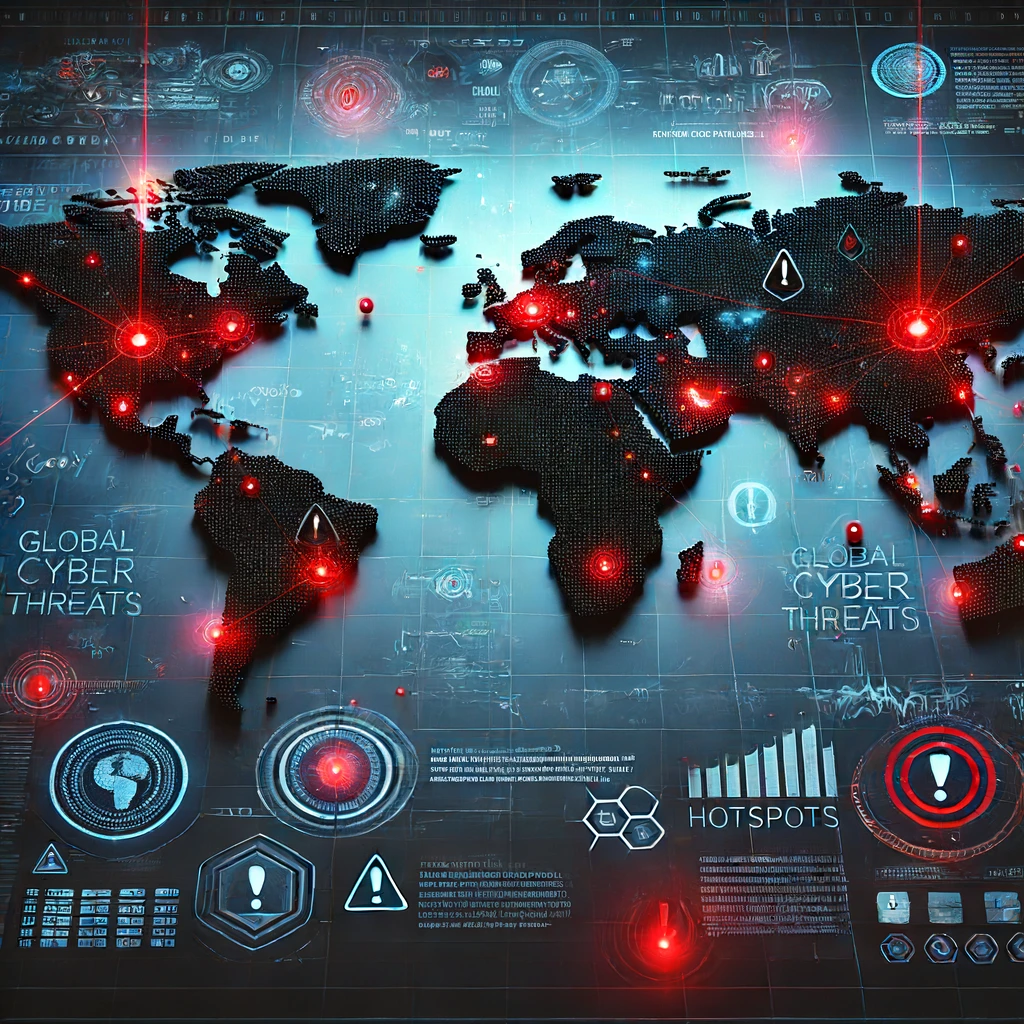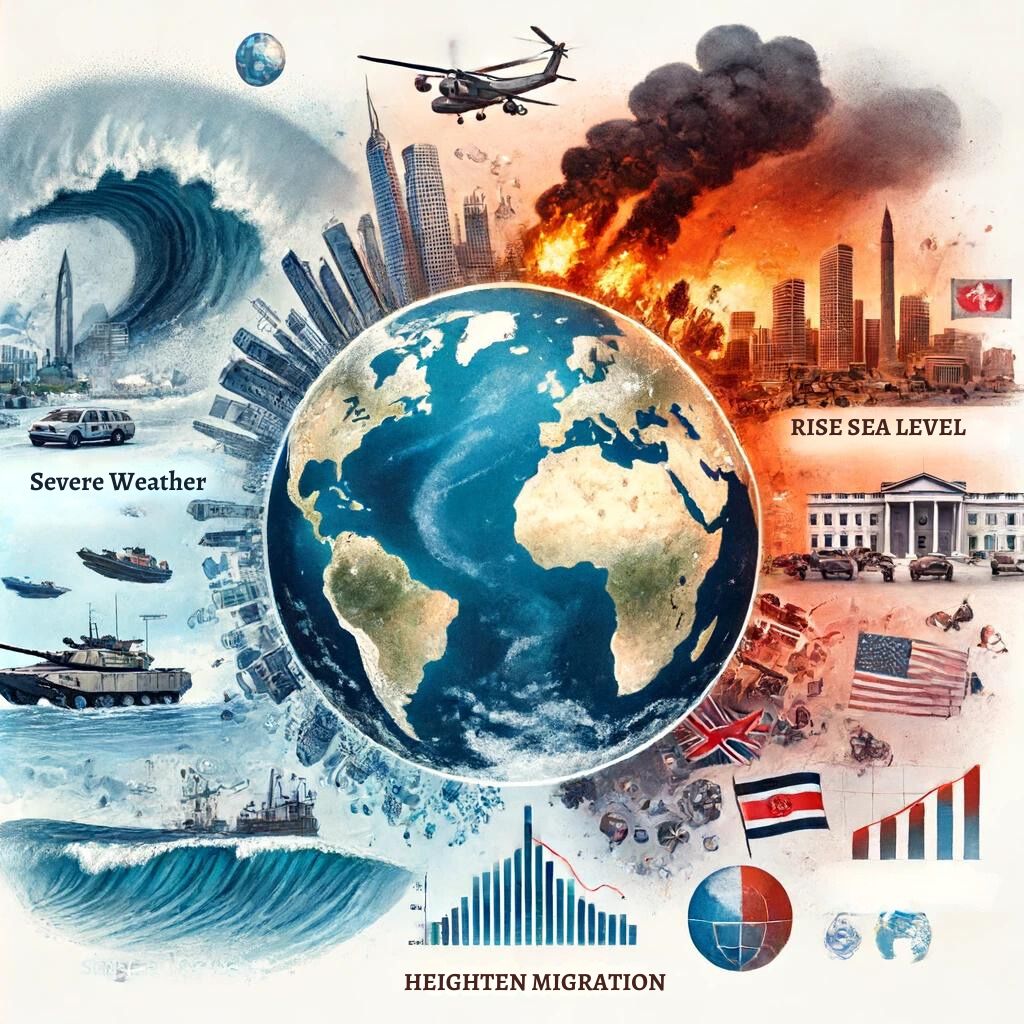In the present digital era, cybersecurity has grown to become such an important segment of international relations that it deeply influences diplomatic, economic, and security relations around the world. The cybersecurity package encompasses all those measures and strategies adopted for the protection of information systems, networks, and data from unauthorized access, cyber-attacks, and damages. While countries move forward toward governance, economic activities, and social interaction on digital platforms, little needs to be said about the importance of robust measures of cybersecurity. It provides insight into the principles of cybersecurity, major cyber threats globally, international law, its application, details in cyber diplomacy, and the latest trends in cybersecurity.
- Section 70(1) of the Information Technology Act defines CII as a “computer resource, the incapacitation or destruction of which shall have a debilitating impact on national security, economy, public health or safety”.
- One of the highest numbers of detected cyber threats has been found in India, while the country ranks second in terms of the number of targeted attacks.
Cybersecurity Fundamentals
Cybersecurity refers to the process and technologies developed to protect computers, networks, and data from cyber threats. It is important in protecting sensitive information and infrastructure in states and non-state actors, like governments, corporations, and individuals. The major objectives of cybersecurity remain the guarantee of confidentiality, integrity, and availability of information systems.
- Confidentiality: Information is accessible only to persons who are authorized.
- Integrity: Ensuring that the data is not tampered with or altered in any way.
- Availability: Making sure information and resources are available when they are needed.
This rapid digitization of critical infrastructures, financial systems, and communication networks has brought cybersecurity to the front and center as one of the critical aspects of national security and international stability.
Global Cyber Threats

Cyber Warfare
Cyberwarfare also entails digital attacks by one nation to disrupt the vital infrastructure or system of another. Active attacks can be sourced to government agencies, military systems, and civilian infrastructures with very serious economic and operational damage. One very good example is the attacks on Estonia’s governmental, financial, and infrastructural systems in 2007 to paralyze its digital infrastructures.
Cyber Espionage
Cyber espionage refers to the unauthorized access and extraction of confidential information from individuals, organizations, or governments, typically to gain a strategic advantage. Countries like China, Russia, and the United States have been involved in high-profile espionage activities. For instance, the 2015 data breach of the U.S. Office of Personnel Management compromised the personal information of over 21 million federal employees, highlighting the severe implications of cyber espionage.
Cyber Terrorism
Cyberterrorism involves using cyber tools to achieve political or ideological objectives through intimidation, coercion, or violence. These attacks can disrupt critical infrastructure, spread propaganda, and instill fear. The 2013 cyber-attacks on a New York dam’s control system by Iranian hackers illustrate the potential for cyber terrorism to target essential services and infrastructure.
Role of International Law
Existing Frameworks
International law plays a crucial role in establishing norms and regulations to address cybersecurity issues. The primary challenges in enforcing international law include varying legal frameworks across jurisdictions and the difficulty in attributing cyber-attacks to specific actors. Key international frameworks include:
- The Tallinn Manual on the International Law Applicable to Cyber Warfare: This document provides a comprehensive analysis of how existing international law applies to cyber conflicts and cyber warfare.
- The Budapest Convention on Cybercrime: This treaty aims to harmonize national laws, improve investigative techniques, and increase international cooperation to combat cybercrime.
Challenges in Enforcement
Despite these frameworks, enforcing international cybersecurity laws remains complex due to issues such as:
- Jurisdictional Disparities: Different countries have varying laws and regulations, making cross-border enforcement challenging.
- Attribution Difficulties: Identifying the origin of a cyber-attack and attributing it to a specific actor or state is often difficult, complicating legal and diplomatic responses.
- Lack of Consensus: There is no global consensus on defining and addressing cyber-attacks, leading to inconsistent responses and policies.
Cyber Diplomacy

Bilateral and Multilateral Initiatives
Cyber diplomacy involves diplomatic efforts to address and manage cyber threats through cooperation and dialogue among nations. Key initiatives include:
- Bilateral Agreements: Countries engage in bilateral agreements to share information, coordinate responses to cyber threats, and develop joint cybersecurity strategies. For instance, the U.S. and Russia have established communication channels to address cybersecurity issues.
- Multilateral Forums: Organizations like the United Nations (UN), the North Atlantic Treaty Organization (NATO), and the European Union (EU) provide platforms for multilateral cooperation on cybersecurity. The UN Group of Governmental Experts (GGE) has been instrumental in discussing norms and rules for state behavior in cyberspace.
Case Studies
- U.S.-China Cyber Agreement (2015): The U.S. and China agreed to refrain from cyber-enabled theft of intellectual property and trade secrets for economic gain. Thus marking a significant step in cyber diplomacy.
- EU Cyber Diplomacy Toolbox: The EU has developed a framework to enhance its cyber resilience and capacity to respond to cyber-attacks. These include measures such as sanctions and joint response mechanisms.
Emerging Trends in Cybersecurity

Artificial Intelligence in Cyber Defense
Artificial Intelligence (AI) is increasingly being utilized in cybersecurity for threat detection, response, and mitigation. AI algorithms can analyze vast amounts of data to identify patterns and anomalies indicative of cyber threats. Thereby enabling faster and more accurate responses. For example, AI-driven systems can autonomously detect and neutralize malware before it causes significant damage.
Growth of Cyber Insurance
Cyber insurance is becoming a vital tool for organizations to manage the financial risks associated with cyber-attacks. This insurance provides coverage for costs related to data breaches, ransomware attacks, and other cyber incidents. The global cyber insurance market is projected to grow significantly. Thus, reflecting the increasing recognition of the need for financial protection against cyber risks.
Quantum Computing and Cybersecurity
Quantum computing presents both opportunities and challenges for cybersecurity. While quantum computers could revolutionize data processing and cryptographic techniques, they also pose a threat to current encryption methods. The development of quantum-resistant cryptography is essential to safeguarding sensitive information against future quantum attacks.
Conclusion
The concept of cybersecurity in international relations is ever-changing, with influence from technological advancement and complex interactions of geopolitical interests. Strong international cooperation, strong effective legal frameworks, and a solid coalition of diplomatic efforts are called for in respect of governance and mitigation of this dynamic and evolving nature of cyber threats. New emerging technologies such as quantum computing and artificial intelligence continue to alter the dynamics around cybersecurity. These countries should be quite vigilant and proactive in formulating comprehensive strategies that will give confidence and security in the digital world.
| Cybersecurity UPSC Notes |
| 1. Cybersecurity is one of the influential factors in diplomatic, economic, and security relations in the modern world, which is taking the lead in shaping international stability. 2. The use of cyber tools toward politically or ideologically motivated ends through intimidation or violence that targets critical infrastructures. 3. International Law is a sets the norm and sets rules for cybersecurity. Its enforcement is problematic due to different jurisdictions. 4. AI enhances threat detection and response, enabling the mitigation of cyber threats in a faster and more effective manner. 5. While an opportunity, it is also a challenge for cybersecurity. Quantum-resistant cryptography needs to be developed. 6. An increasing tool for managing financial risks associated with cyber-attacks; a reflection of the need for financial protection. |


